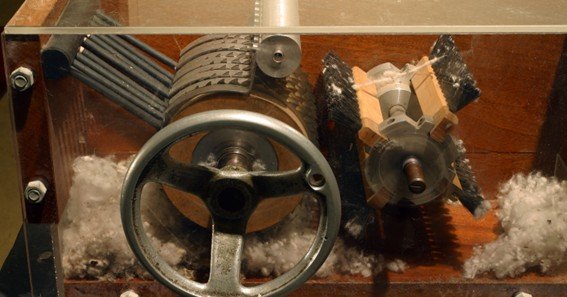Determining the exact cost of a cotton gin in the 1830s is challenging due to limited historical records and variations in manufacturing and regional pricing. However, understanding the economic context of the era provides insight into the potential value and impact of the cotton gin during that period.
Economic Context of the 1830s
The 1830s marked a significant expansion in cotton production in the United States. The invention of the cotton gin by Eli Whitney in 1793 revolutionized the cotton industry by efficiently separating cotton fibers from their seeds, drastically reducing labor costs and time. This innovation led to a surge in cotton production, with output increasing from 750,000 bales in 1830 to 2.85 million bales by 1850.
Factors Influencing the Cost of Cotton Gins
Several factors would have influenced the cost of a cotton gin in the 1830s:
- Manufacturing Materials and Labor: The quality and availability of materials, as well as the craftsmanship involved in constructing the gin, would affect its price.
- Technological Advancements: Improvements and variations in gin design could lead to price differences.
- Regional Economic Conditions: Prices could vary based on regional demand, availability of skilled labor, and transportation costs.
Estimating the Cost
While specific prices are scarce, it’s known that land prices in the 1830s could be as low as 40 cents per acre in certain regions. Given that a cotton gin was a significant investment for a plantation, it’s plausible that the cost ranged from several hundred to a few thousand dollars, depending on the factors mentioned above.
Conclusion
Although precise pricing details are elusive, the cotton gin represented a substantial financial commitment for planters in the 1830s. Its introduction and adoption played a pivotal role in transforming the agricultural economy of the Southern United States.
FAQs
- What was the primary function of the cotton gin?
The cotton gin efficiently separated cotton fibers from their seeds, significantly reducing the labor required for this process. - How did the cotton gin impact cotton production in the U.S.?
The invention of the cotton gin led to a massive increase in cotton production, with bales produced rising from 750,000 in 1830 to 2.85 million by 1850. - Were there different types of cotton gins available in the 1830s?
Yes, various designs and improvements emerged after Eli Whitney’s initial invention, leading to different models with varying efficiencies and costs. - How did the cost of a cotton gin compare to other plantation expenses?
While exact figures are scarce, a cotton gin was a significant investment, likely costing as much as substantial land purchases or other major equipment. - Did the cotton gin have any social or economic consequences beyond agriculture?
Yes, the cotton gin’s efficiency made cotton cultivation more profitable, which unfortunately led to an increase in the demand for enslaved labor in the Southern United States.










